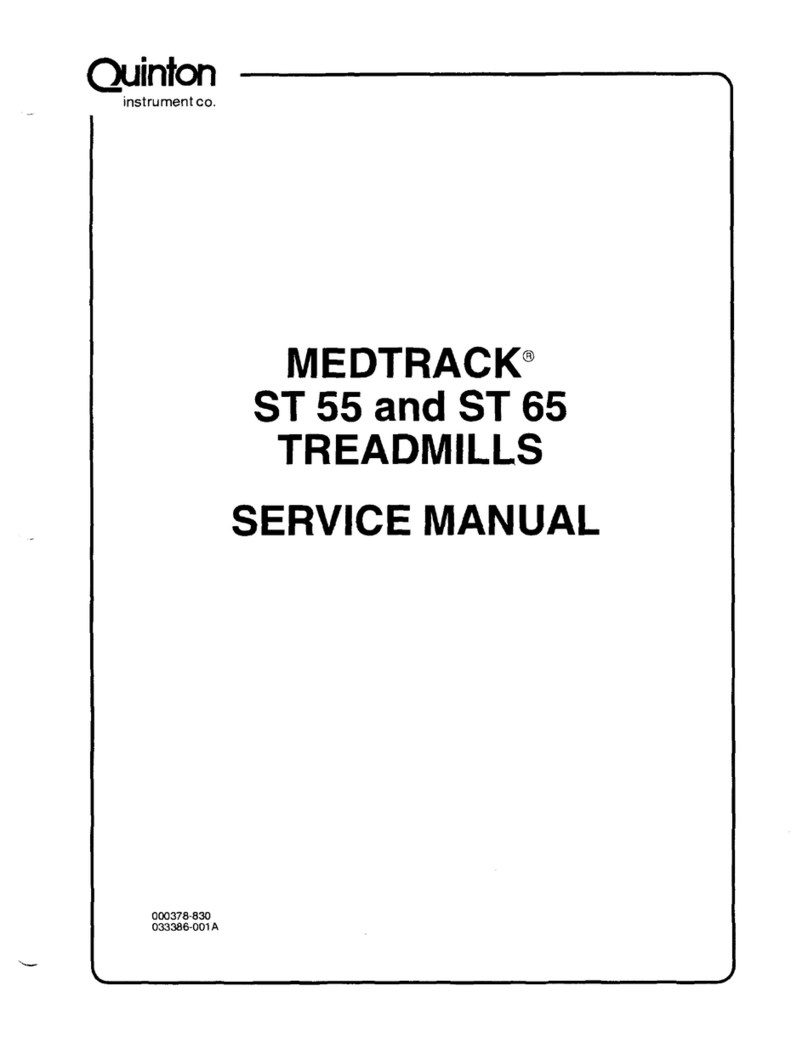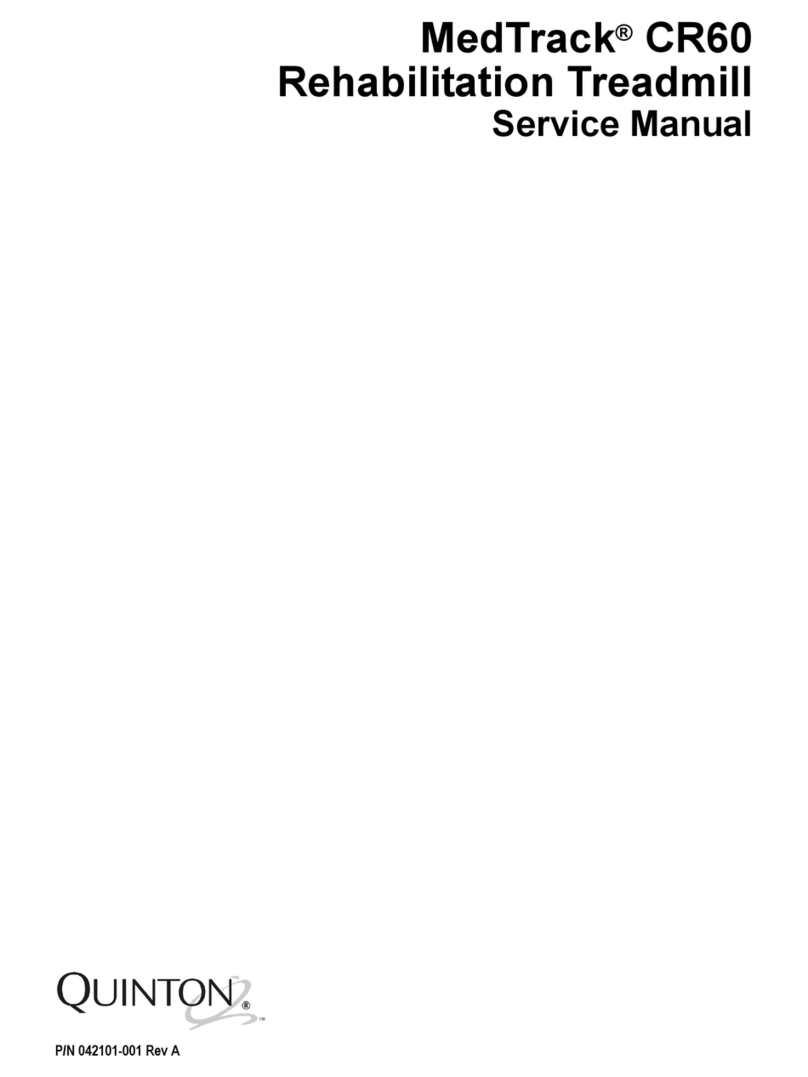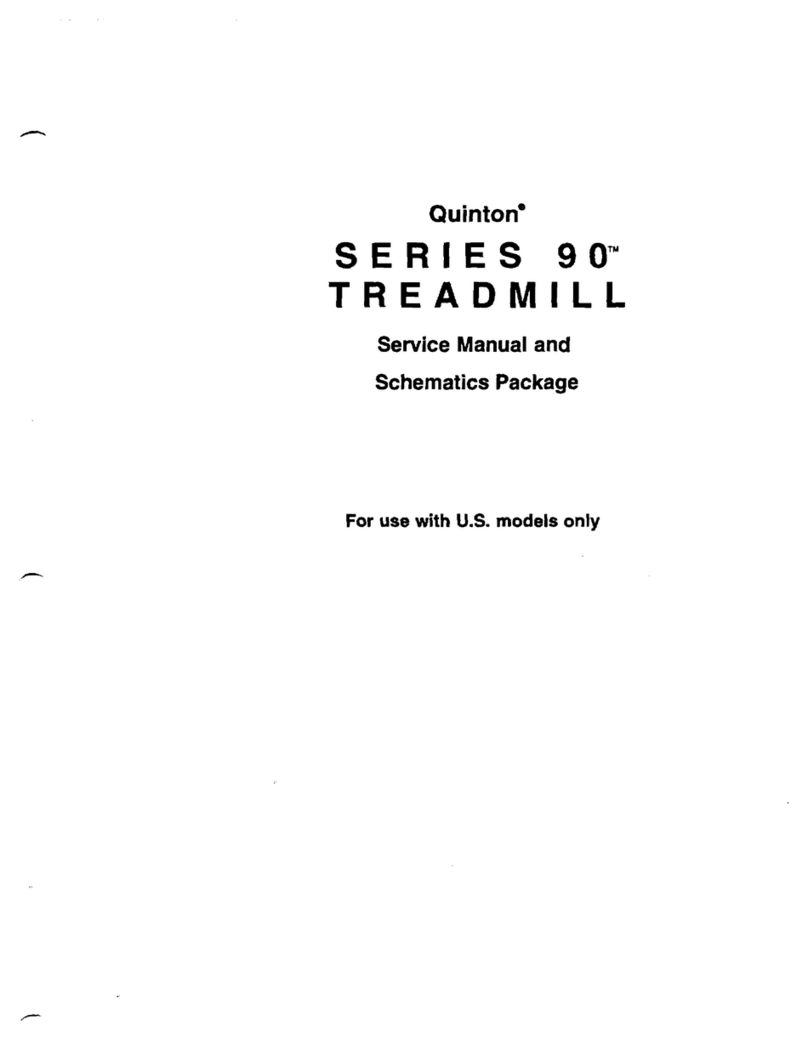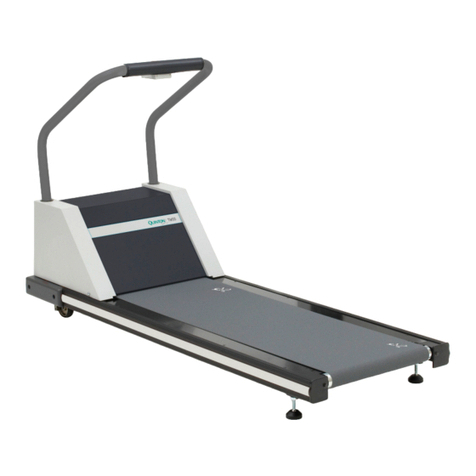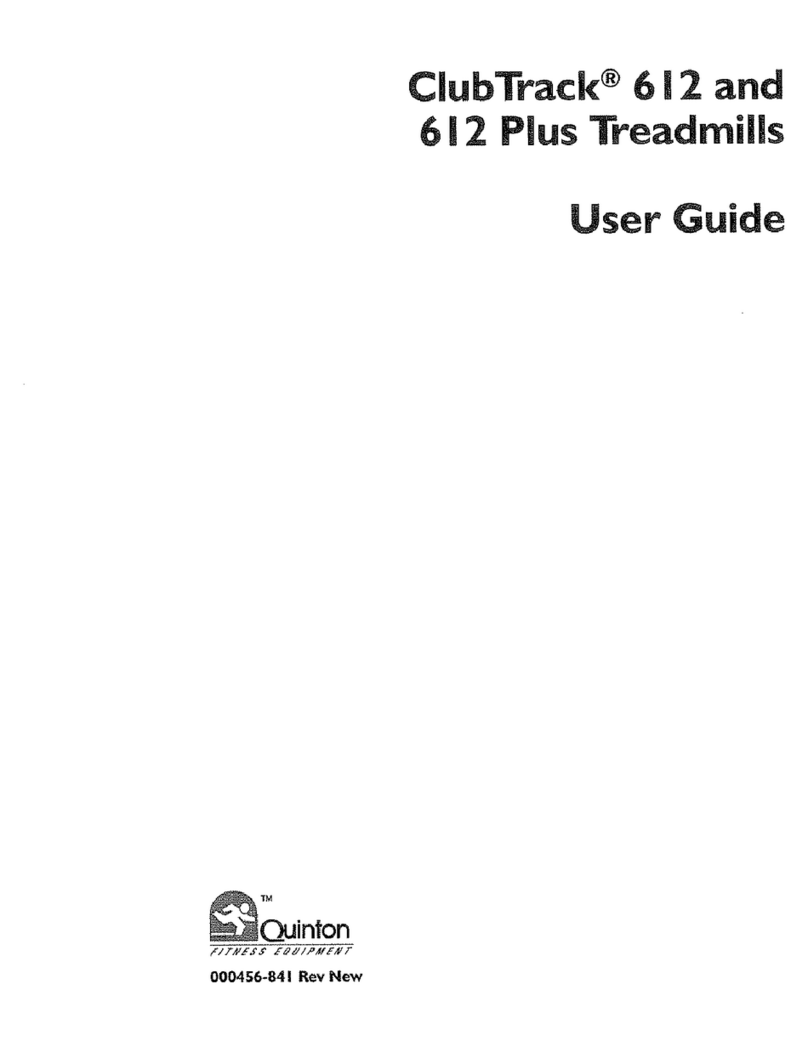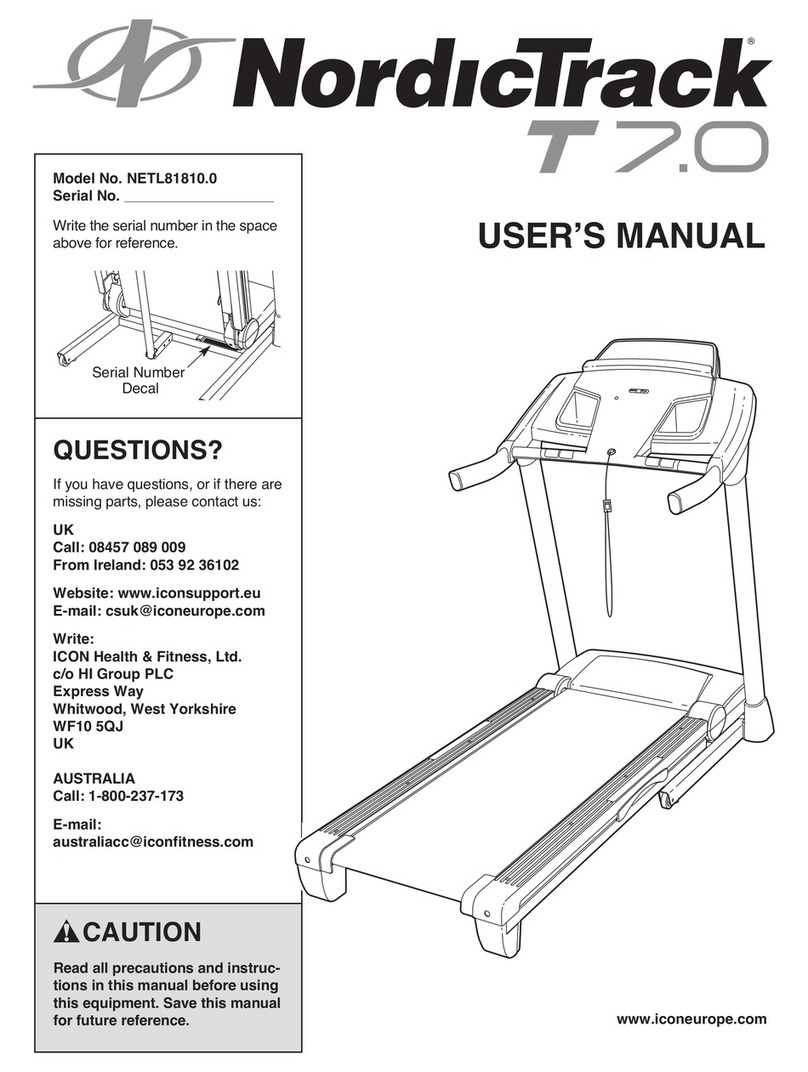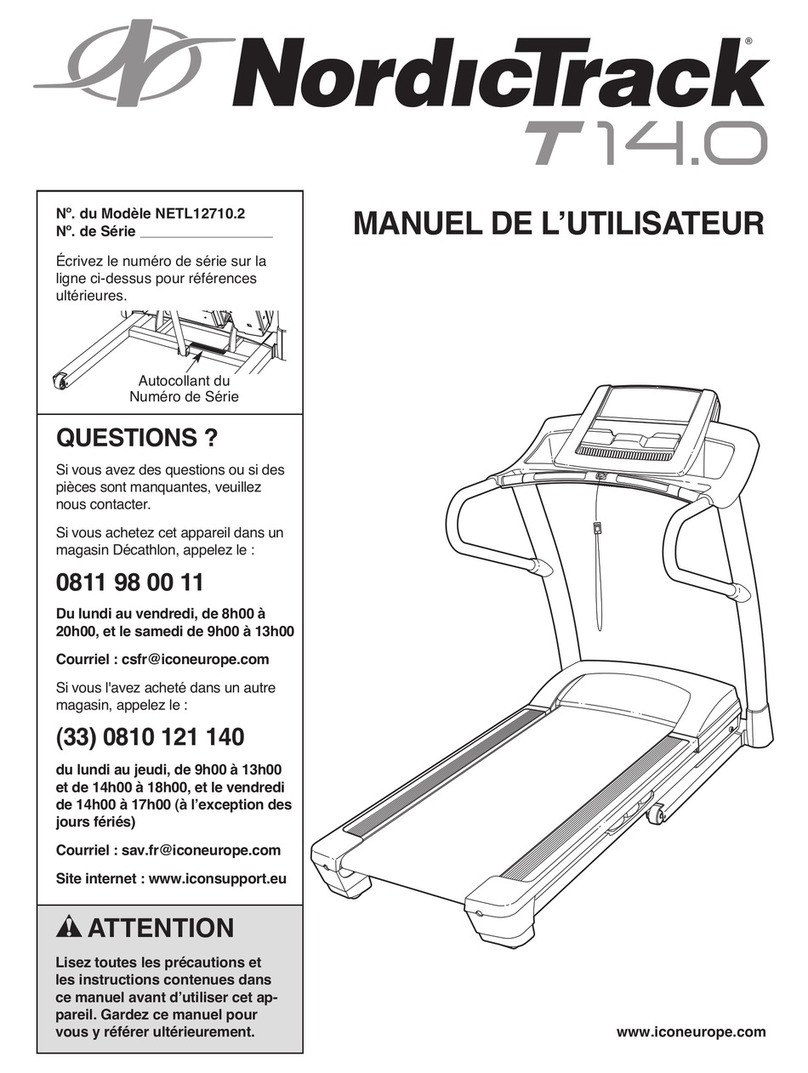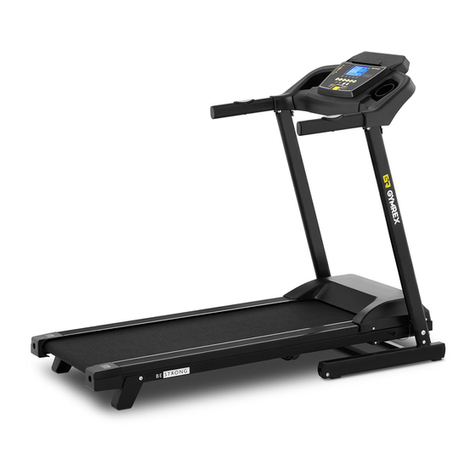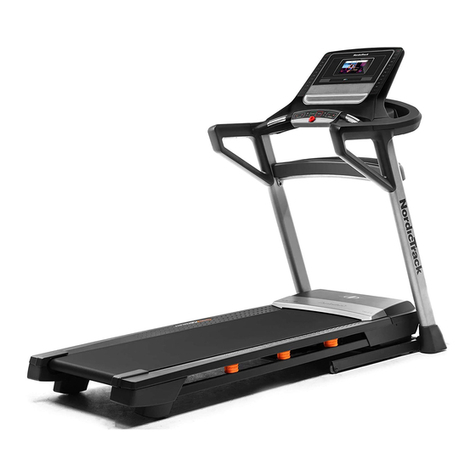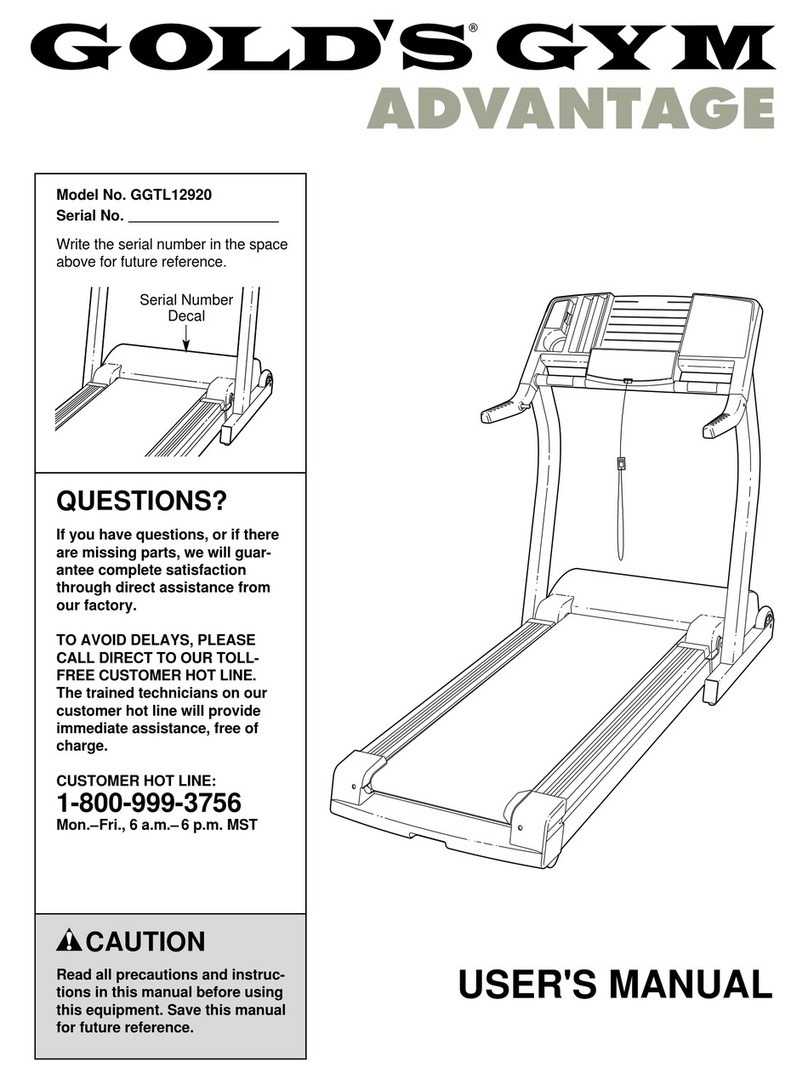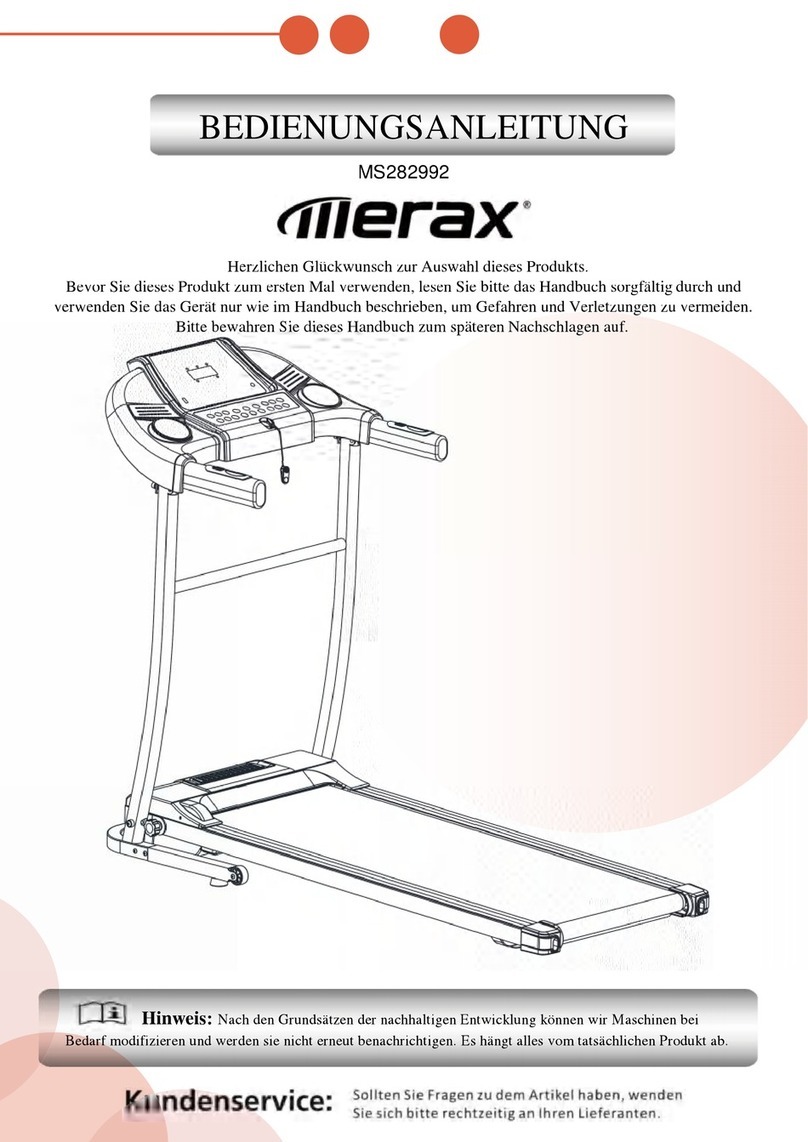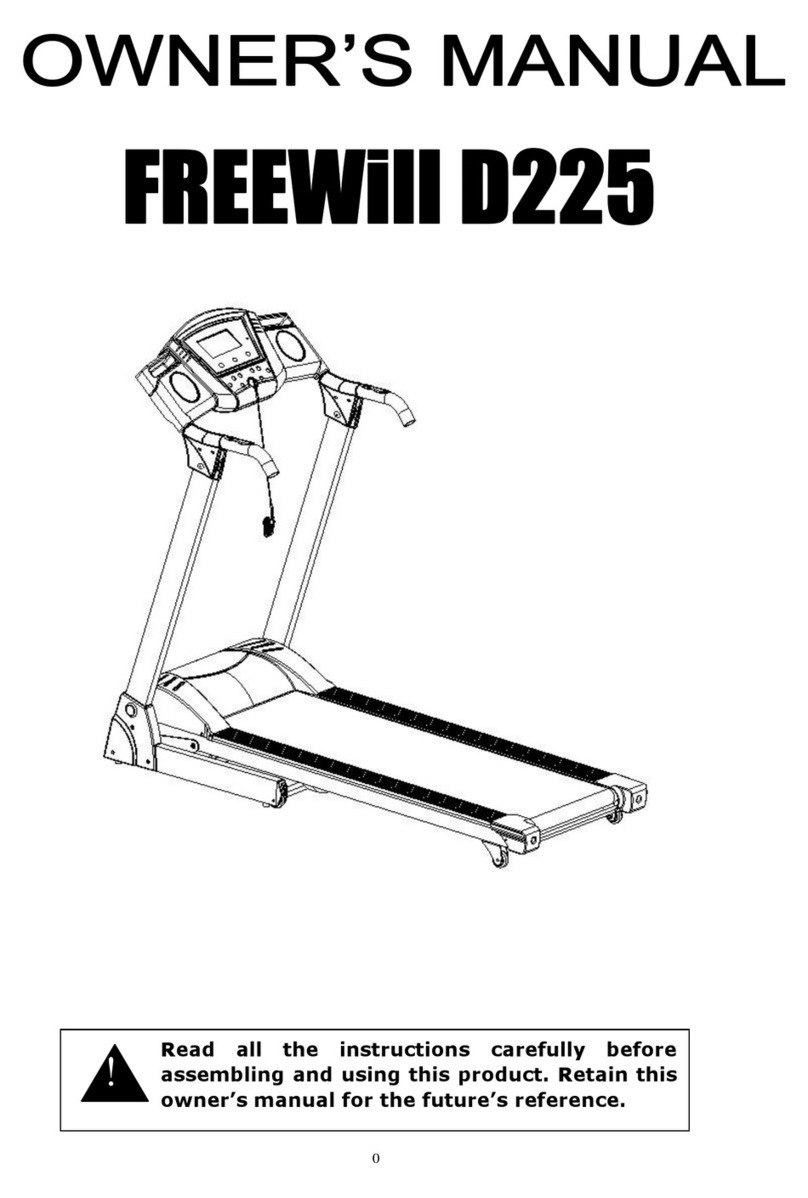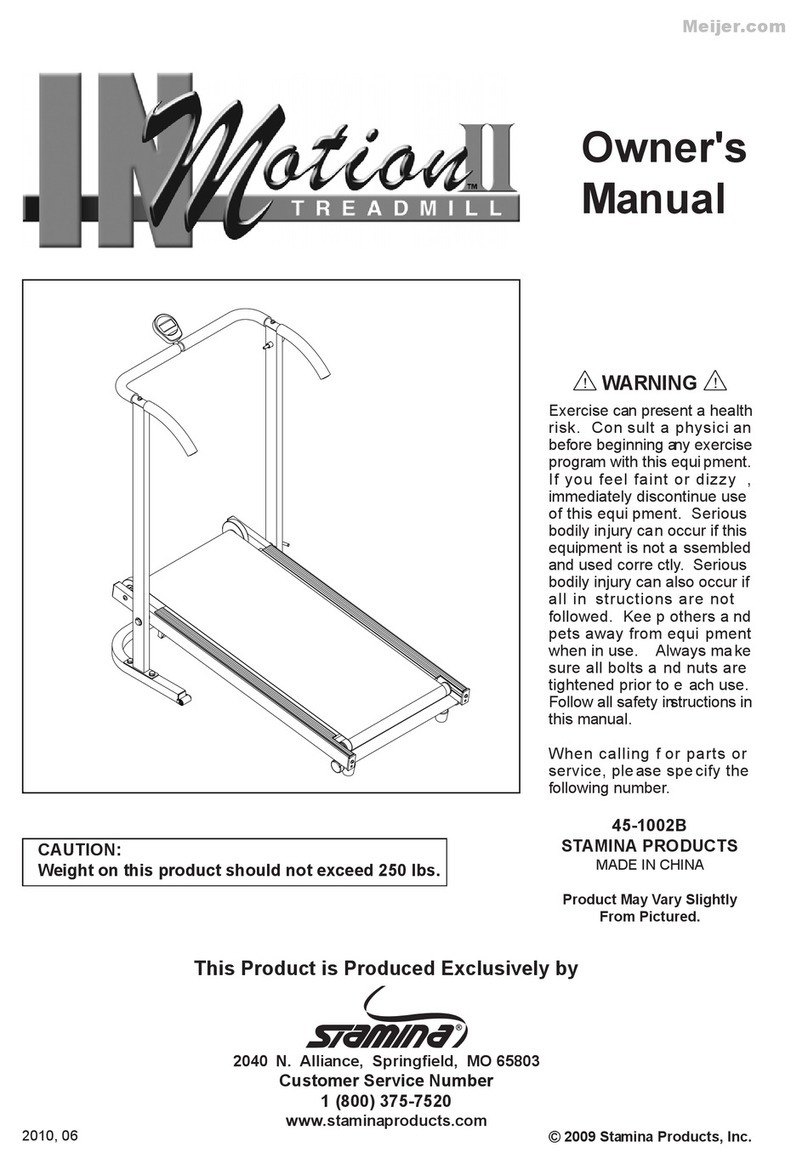-
-
-
-
-
TABLE
OF
CONTENTS
SECTION
1.
INTRODUCTION
1.1
1.2
1.3
1.3.1
1.3.2
1.3.3
1.4
1.5
1.6
1.6.1
1.6.2
1.7
1.7.1
1.7.2
1.8
1.9
SCOPE
.......................................................................................................................
1-1
ORGANIZATION
..•..•.•...•.•.••.••••..••••••••..•.......•....••.....•..•.•
1-1
Q55/Q65
PRODUCT
DESCRIPTION
••••••••••••••••••••••••••••••••••••••••••••
1-1
Q2000 Stress Test
Monitor
.......................................................................................................
1-1
Mode1645
Programmable
Treadmill
Controller
•••••••••••••••••••••••••••••••••••
1-2
Treadmill Controller ..................................................................................................................
1-2
TREADMILL
CONTROLLERS
............................................................................
1-2
ACCESSORIES ...........................................................................................................................
1-2
OPTIONS
.....••...•••••....•.••••••••••••••••••....•.....•.............
Power
Options
............................................................
.1-2
.1-2
Hardware Options (Q55/Q65)
.....•....•..••..••..•............................
1-3
SPECIFICATIO
NS
...•..•.••.••••.••••••.•.••••••.••....
Q
55
SpecificatioIlS
.••.....•..•.••.••.•.••.••....•.......
.1-3
.1-3
Q65
Specifications
...........•.•..••••.••.••..•...•..•....•.....••...........
1-3
OPERATOR
MANUAL
•••••••••••••••••••••••••••••••••••••••••••••••••••••••
1-4
REFERENCES
...•••••••••••••.••••••••••••••.•••.•.••.••••..•..•.......•...
1-4
SECTION
2.
OPERA
TIO N
2.1
2.2
2.3
2.4
INTRODUCTIO
N
RECEIVING
•••••
...........................................................
...
........................................................
.2-1
•2-1
UNPACKING
AND
INSPECTION
••••••••••••••••••••••••••••••••••••••••••••••
2-1
INSTALLATION
CHECKOUT
PROCEDURE
•••••••••••••••••••••••••••••••••••••
2-1
SECTION
3. THEORY
OF
OPERATION
3.1
3.2
3.3
3.4
3.5
3.5.1
3.5.2
3.5.3
3.5.4
3.6
3.7
3.8
3.9
3.10
3.11
INTRODUCTION
..•••.••...•....•.••.••••.••••.•....•.....•..•.••••••.••••••
3-}
PRINTED
CIRCUIT
BOARD (PCB)
•••••••••••••••••••••••••••••••••••••••••••••
3-1
POWER SUPPLY
.•••.•.....••.•••••••••••••.....••.•.......••.••.••.•....••••
3-}
DRIVE MOTOR
..•..•..••.•..•••••••.•...•••..•.•.•..•.....•..•.••••••••••••.
3-3
INPUT
SHAFT,
OUTPUT
SHAFT,
BELTS AND PULLEYS
•••••••••••••••••••••
3-3
Input
Shaft.
. . . . . . . . . . . •. . . . . • . . . . . . . . . . . . . . . . . . . . . . . .
.....•...•..•••.••..
3-4
Output Shaft
.........•.•..•........•..............................•...•.....
3-4
Variable Speed Belt
.......•.....•.•........................•..••.••..••......
3-4
Treadmill
Drive
and
Idler
Pulleys
••••••••••••••••••••••••••••
WALKING BELT
AND
BELT
TRACKING
SWITCHES
••••••••••
.
.............
.
3-4
.
.............•
3-4
SPEED
CHANGE
MOTOR ASSEMBLY
••••••••••••••••••••••••••••••••••••••••••
3-5
TACHOMETER ASSEMBLY ......................
GRADE
MOTOR
...•••••••.••••••••••••••...••••
PINION
SHAFT
AND
RACK
GEARS
•••••••••••••
GRADE
POTE
NTIOMETER
••••••••••••••••••••••
.......................
.
3-5
·
.....
.
.................
.
3-5
·
.......................
.
3-5
·
.......................
•
3-5
SECTION 4. TROUBLESHOOTING
4.1
4.2
4.3
INTRODUCTIO
N
•.••••••.•••••••••••••••••....•.••.••....•.....•••..•...•.••
4-1
DIAG NOSTIC
AIDS
•••.••.•••••••••..•.••••••••••••.......•..•.•..•...•..•••.
4-1
TROUBLESHOOTING
PROCEDURE
••••••••••••••••••••••••••••••••••••••••••••
4-1
